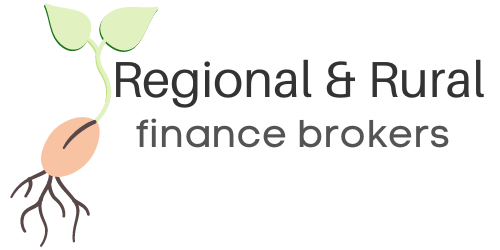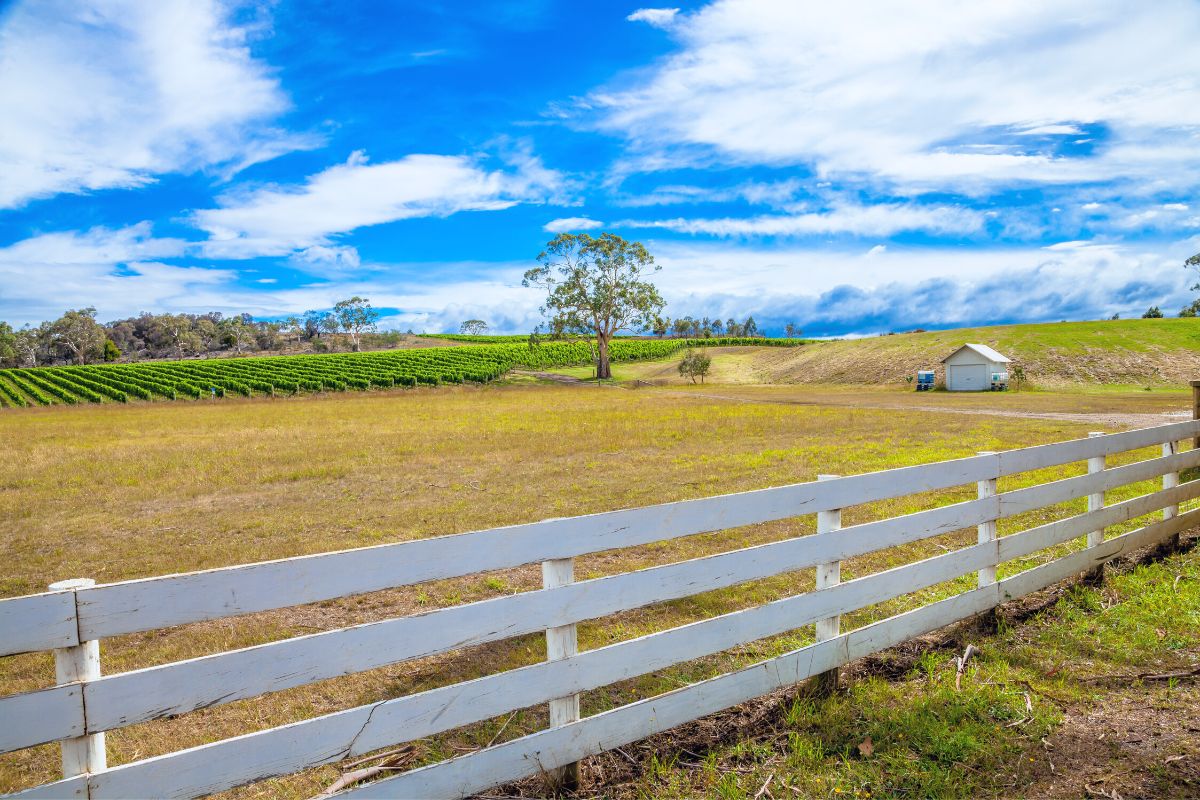Small Acreage Farming Ideas Australia- Make Your Farm a Success!
In Australia, hobby farms are becoming increasingly popular. It’s estimated that over 60,000 properties that can be classified as hobby or recreational farms throughout the country.
The size of these farms varies from just a few acres up to no more than 50 – often making them too small for a commercially viable farming operation. Most people who own hobby farms do so as a passion project and not as the main source of family income.
Nevertheless, with enough space available to grow fresh products or keep small farm animals, it’s common for people to turn their hobby into a revenue-generating activity – often as a way to repay their farm loan or simply as a way to offload excess produce.
There are many possibilities for a small acreage farm that are a bit more creative than fruit and vegetables – while there’s nothing wrong with that, it might not be for everyone. Opting for more ‘exotic’ ideas can be not only fun, but they can be more profitable too.
Let’s have a look at this list of creative ways to put your farm to use for both pleasure and a little bit of profit!
Beekeeping
Beekeeping usually starts as a hobby, as the capital needed is usually low. With beekeeping, you can sell honey and bee by-products such as bee pollen, beeswax, and royal jelly. These products are very popular among individuals. Bee pollen and royal jelly are superfoods products that are sold at very high prices.
You would only need a small space in your farm for beekeeping; however, you should check with the local government to ensure that it is all above the law. Usually, you would have to be registered to keep bees, according to Australia’s Biosecurity Act 2014.
You can get your first set of bees by doing one of the following:
- Catch a swarm. If you live where there are a lot of bees, you can try to catch your swarm. Be careful!
- Split hive. Split hives are created when there are several frames of an existing colony are moved to a new box where there is a new queen bee.
- Nucleus hive. It usually contains a box with five frames of bees, pollen, nectar, brood, and a queen bee.
- Bee package. This is usually sold by large bee farms. It contains 3 pounds of bees with a young queen bee.
Beginners are advised to buy a nucleus hive as it helps them to learn the basics of beekeeping and other aspects of its growth. You also need hive tools, a bee brush, a honey extractor, and protective gear.
Herb Farming
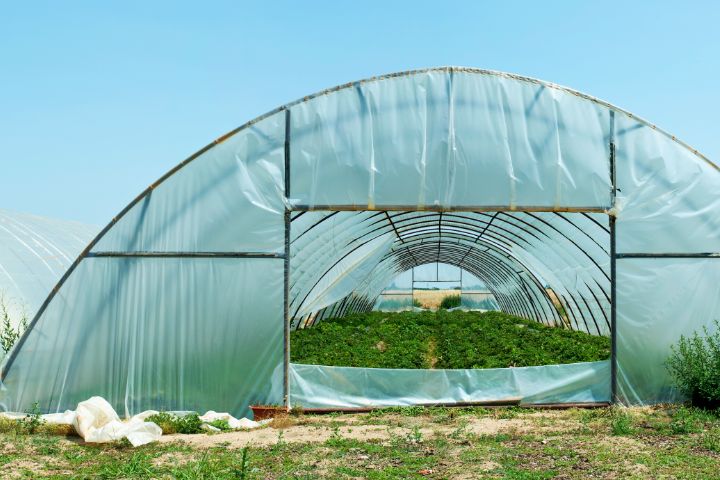
People are now conscious of what they eat and where they get their food. Organic living is becoming more popular, so starting a herb garden is an easy way to earn profits. When you start your herb farm, you must be sure to include variety and opt for the ones that are popular and in demand.
You can sell the herbs you cut, the whole plants, or the seeds. Any herb farm can be profitable if you have the right growing conditions and knowledge. You should also invest in a greenhouse to grow any herb throughout the year.
Beginner herbs include:
- Basil
- Chives
- Coriander
- Lavender
- Oregano
- Parsley
- Rosemary
Microgreens
Microgreens are baby plants or young vegetables that are around 14 days old and grow about 7cm tall. These small veggies are usually used by restaurants as a garnish in a dish or served in a salad. They are actually in high demand, as consumers like visual appeal and health benefits.
It’s also easy to start microgreens as a beginner farmer. It doesn’t require much money to start and has a good turnaround time. You can start in a small area of your farm and begin to grow different kinds of microgreens. These include beet, carrot, celery, cucumber, and onion.
Hydroponics
Hydroponics involves using nutrient-rich water to be kept in contact with the roots of plants instead of soil. This form of farming reduces wastage and pollution that can usually harm your plants and reduce the risk of diseases, making hydroponic plants popular among organic-conscious consumers.
Hydroponic farming means minimal land use, which makes it a low-cost investment and perfect for small farms. This form of farming increases the growth rate of plants up to 25%, meaning you would have more yield.

There are different types of hydroponic systems that you can try:
- Static- This is where the plants are grown in plastic buckets or tubs. The water may be slightly aerated (infused with gas) or unaerated.
- Aeroponics- The plant roots are misted with a high-nutrient solution instead of being in the liquid.
- Ebb and flow- Plants are flooded with water, then drained a couple of times in the day.
- Continuous flow- The nutrient-rich water solution flows past the roots, giving the plants lots of oxygen.
Hydroponic farming also involves careful management of the environment for the plants. It may be easy to try as a beginner; however, you must analyse your options and research properly.
Worm Farm
A worm farm is a demarcated compost space where live worms feed on food scraps and other household waste. You can easily source worms to grow and re-sell to other farms or people who want to start vermicomposting.
Worms leave waste of their own, which is an amazing fertilizer with lots of nutrients. This is called vermicompost, known by many farmers as ‘black gold.’ There are different ways to start your worm farm, but you need to get the right type of worm. Earthworms and red wigglers are the best worms for worm farming.
Vegetable Landscaping
Landscaping, in general, can be expensive, but if you want to opt for a greener and less costly path, then edible landscaping is for you. This option is more flexible, so your start-up capital is lower than normal landscaping.
You will have to invest in tools to grow vegetables on freshly tilled soil or in pots. If you choose to use pots, you have to purchase ones that are about 20 to 25cm deep. Space your vegetables out evenly to maximise your harvest.
Dual Crop Farming
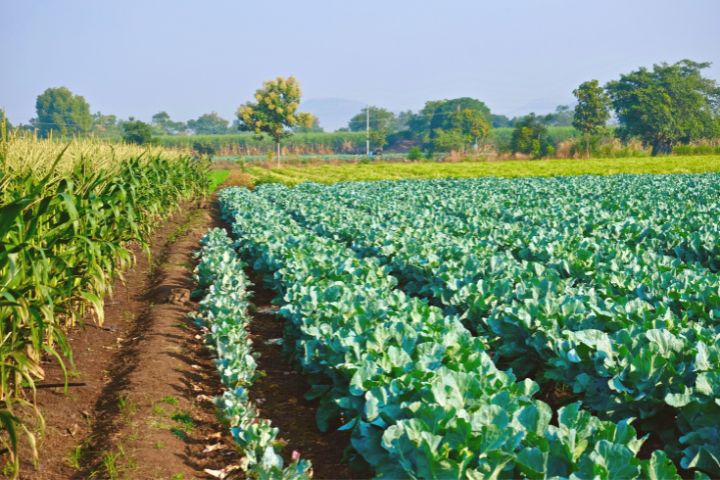
Also known as multiple cropping, it refers to growing two or more types of crops in the same space. Intercropping refers to raising different crops close together. This type of farming is very popular as it optimises the use of water, soil, and equipment, meaning that there is less waste. It also increases the production of a small farm throughout the year.
Dual cropping reduces the risk of loss from drought, diseases, pests, and other disasters. An example of dual cropping is growing watermelons and strawberries or growing soybeans and wheat.
Nursery (Baby Trees)
A tree nursery is a great investment when it’s done right. You can buy small trees or plant them as seeds. You can start with 10 to 20 seedlings on a small acre, and you would have the baby trees sold before they mature.
Do some research to find out how to organically source the trees you want. For example, if you want to sell baby fruit trees, you can do this by budding (joining parts from different plants) or grafting. This increases your chances of getting the same variety of trees as seeds.
It would help if you also researched what trees you want to plant according to your area’s climate and weather changes.
Usually, there is a demand for trees in three different sizes:
- Small trees (30 to 60cm tall). These trees are bought by orchards who want to plant trees in a large acreage or reforestation organisations.
- Medium size of tree whips means that the lateral branches have been cut off (90 to 150cm).
- Larger trees that are bare-root and potted (150 to 270cm). This is bought for landscaping purposes.
Out of these three sizes, the middle size is the best for the market. They grow well on your farm and are easy to take care of.
Exotic Poultry
Exotic poultry breeds are usually imported from other countries. This form of farming allows you to provide exotic poultry products to other businesses. There is always a demand for these products, so it is a good investment option for small farm owners.
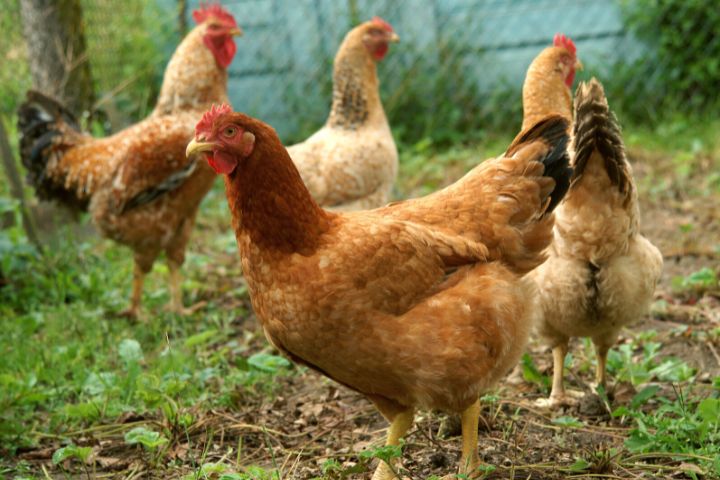
Although exotic poultry is a good idea, this type of farming is highly regulated to ensure the health and safety of the residents in the community. You have to research the different types of breeds, the requirements to get started, and the right location.
Exotic poultry includes:
- Guineas fowl
- Peafowl
- Pheasants
- Partridges
- Quail
- Swans
Agritourism/Educational Farm
Agritourism is a great revenue stream for your small acreage farm. You can provide various farm experiences for your farm visitors, such as education on farming like milking, entertaining activities such as painting classes, or watching the animals or crops on the farm.
If you have a variety of animals, you can have a petting farm. Petting the animals provides an interactive and educational experience, which generates income for you. This is perfect for student field trips, families, and businesses that want to host team-building events.
Fruit picking is another popular activity for families and is perfect for small farms to execute. However, you should consider fruit picking if your farm has been running for a while. The best thing about fruit picking at your farm is that you don’t have to hire many people for harvesting. Additionally, the buyers are coming to you, reducing transportation costs.
Other agritourism activities can include wildlife spotting and flower picking. Once you venture into the agritourism idea, your business will need a proper marketing strategy, such as making a website and managing a social media presence.
Photo/Film Shooting
This is another great idea for your small acreage farm. Photographers and filmmakers always look for tall grasses, flowering trees, old structures, and large open space areas. This gives them something more natural to work with. Clients also want that rustic ‘open field’ look.
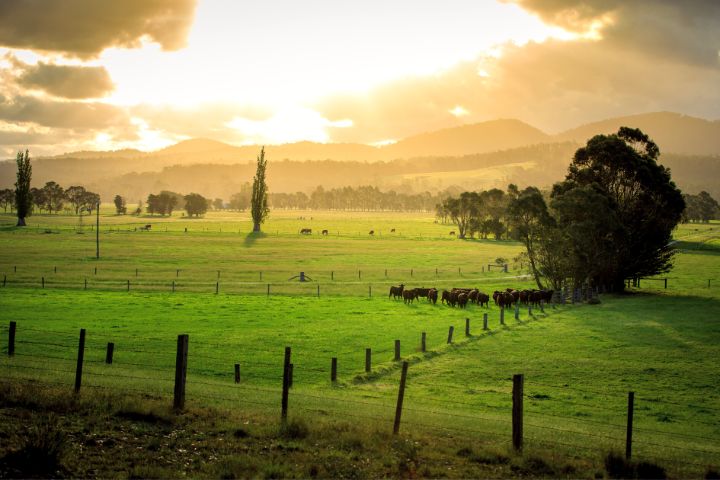
If you consider this activity, establish your policies and stick firmly with them. You sacrificed your time and money for the beauty of your farm, so photographers need to remember that. Since they charge their clients well and have different packages, they will also pay well for your farm.
Additionally, you don’t have to worry about your farm being ‘straightened up.’ Photographers and filmmakers love this look. It is an added benefit if you already have fruit trees or flowers on your farm.
Land Leasing
Leasing out your farmland is another great way to earn money without much work. This is a good idea if you’re planning to retire from farm life or have other responsibilities to take care of. One of the biggest determinants of the value of your farmland is how much it can produce. Making a fair rental price for your land is important in order to make a profit. You should also ensure that your land is in good condition before leasing. This includes soil quality and flood risk.
Wedding Venues
There is a constant stream of engaged couples looking for a one-of-a-kind venue to celebrate their wedding, and for many of them, a farm is the dream location. However, hosting a dream celebration such as a wedding is challenging.
This requires commitment and a skillset that you need to master. Remember, the market is very competitive, so research before venturing into this business idea. Make sure your venue and buildings are well taken care of and look high-quality. It’s best to visit other farm venues to be aware of the quality you should have.
Mushroom Farming
Mushrooms are very easy to cultivate and take care of since they can grow in the wild, even in very harsh conditions. Making a profitable business out of mushroom farming depends on the type of mushroom strain you want to plant and how to maximize the production of the mushrooms so you can become a steady supplier to various businesses.
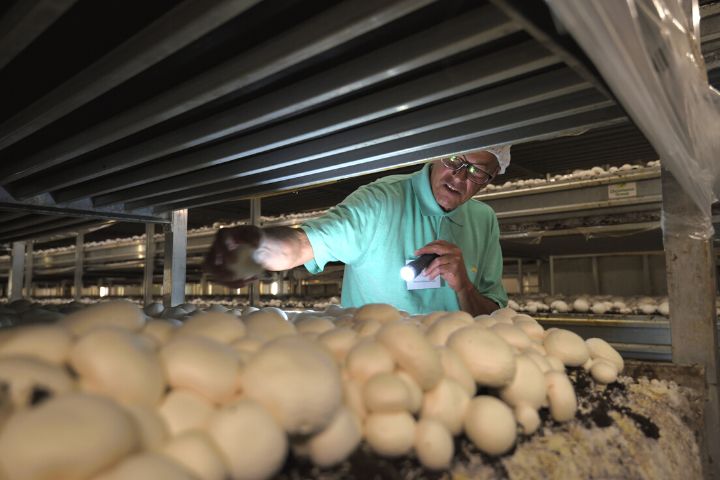
You can specialise in gourmet mushrooms, such as shiitake and oyster. These are some of the most popular variations of mushrooms among restaurants and other businesses. They can also be grown indoors in a controlled environment for a bigger harvest. It takes six weeks, on average, to grow and harvest mushrooms.
What to consider when buying a small acreage property?
Farming is an everchanging business, so you must pay careful attention to it to ensure it is successful. You can follow these tips to help you prosper in the farming world.
Have a Plan
It is important to have a plan (or plans) to have a successful farm. When you make a business plan, stick to it. You can refer to it throughout the year and change it if needed. Then, you need a marketing plan to help you decide what products you want to sell and when and where you sell them, such as farmers’ markets, wholesale, or restaurants.
A risk management plan helps you prepare for accidents, equipment breaking, unpredictable weather, and more. Finally, you should also have an operations plan, which includes your farm’s activities and who will be in charge of certain tasks. For example, who would control the books, who would do field work, etc.
Investments
Livestock, farm equipment, and livestock are quite expensive but essential investments for your farm. Carefully think about your big purchases, and figure out how they will be financed and how that purchase will benefit the farm.
Cash Flow
Selling your farm products is your key to having a steady cash flow. You need to be careful with that money! Record every purchase and earning you get, and create an effective way to deposit into the bank.

Have Your Insurance and Permits in Order
Insurance and permits are a part of being a good business, so it is best to have them in order. Talk to your insurance agent or mortgage broker and explain your plans for the farm. They will help you through the business part of the farm and ensure that you are covered.
Be Flexible
Review your plans and make necessary changes to continue your farming idea. This will ensure that your operation is successful. You should be confident to change your plans when things are not working.
Stay Focused
Pick one or two ideas that you are really interested in, have the skills for, and have the money-making potential. After all, there are only 24 hours a day, so you should spend that time on something you know to make your farm successful. After testing the waters, slowly expand to other ideas.
Support System
It is important to have supportive people around you. These people will pick you up when you feel down and give you valuable advice, even if it is hard to hear. People outside the farming scene can give you good opinions from a fresh point of view.
Frequently Asked Questions
What is a good size for a small farm?
A small farm is generally less than 10 acres in size. It should be manageable for one person or a single family to take care of.
What are a small farm’s requirements?
It depends on what your farming idea will cover. However, basic equipment includes a plough, fencing, tractor, animal shelters, planting tools, crop storage spaces, irrigation, water pumps and more.
